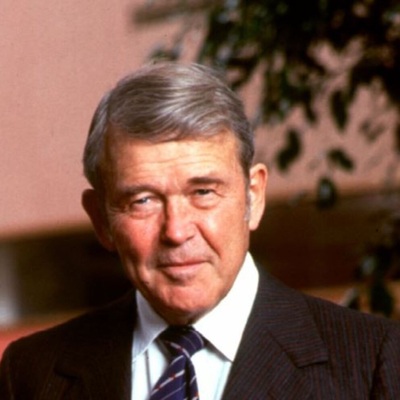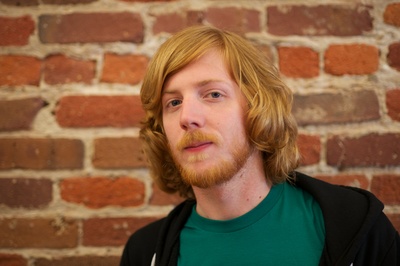The Background
When Hewlett was merely three years old, his family moved to California where his father accepted a faculty position at Stanford University. This introduced a young Bill to a growing and vibrant scientific community in the San Francisco Bay Area. Despite being dyslexic, his tinkering nature and curiosity to understand how things worked, along with his strong character, won the admiration of his school faculty, who later encouraged Stanford to admit him. In 1930, Hewlett started college as a freshman at Stanford.
Graduated. Now what?
While studying at Stanford University, Hewlett came in contact with David Packard (the co-founder of HP). After graduating as electrical engineers in 1934, they both went on a two-week camping trip, which deepened their friendship. Bill went on to pursue his Masters in Electrical Engineering from MIT, and later returned to Stanford in 1936.
The Mentor
In 1938, under the mentorship of Frederick Terman, one of Stanford’s most famous professors, Bill and Dave began part-time work in a rented garage with $538 (U.S.) in working capital - which consisted of cash and a used drill press. They built HP's first product, HP Model 200A - a resistance-capacitance audio oscillator, used to test sound equipment.
The Motivation
Their first client, The Walt Disney Company ordered eight of the next-gen HP Model 200B oscillators, to be used in movie theaters for the screening of their latest animated film 'Fantasia'. This served as a catalyst for both the co-founders to formalize their partnership.




